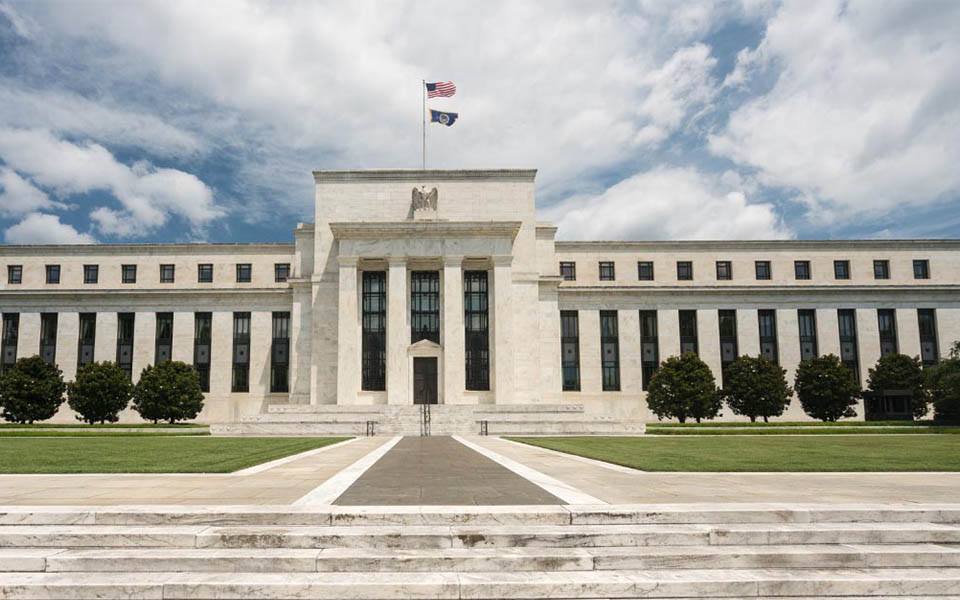Another interest rate cut is on the horizon. For the third time this year, the Federal Reserve is poised to cut interest rates by another quarter of a point, marking a full percentage point of reductions since September. This cut will bring the central bank’s benchmark target to between 4.25% and 4.5%. While these actions are designed to stimulate the economy, they raise important questions about how businesses will respond — especially when it comes to hiring.
A Stimulus for Growth
The Federal Reserve’s anticipated rate cut represents a strategic effort to counter economic uncertainties, stabilize financial markets and encourage borrowing and spending. Lower borrowing costs are particularly impactful for businesses, as they make capital investments more affordable. Whether it’s funding new facilities, upgrading technology or expanding operations, these investments often lead to increased hiring.
For industries sensitive to interest rates, such as construction, manufacturing and real estate, the reduction could provide a much-needed boost. Companies in these sectors may find it easier to finance large projects, potentially creating a ripple effect of new job opportunities across the supply chain.
Heightened Consumer Demand
Another key driver of hiring is consumer demand, and rate cuts tend to bolster spending. As lower interest rates reduce the cost of mortgages, car loans and other credit, consumers often feel more confident making big-ticket purchases. This increased activity benefits retail, hospitality and service industries, prompting these sectors to add staff to meet rising consumer demand.
Increased Business Confidence
Beyond financial considerations, rate cuts send a signal of support from the Federal Reserve, often boosting business confidence. Companies that may have previously been cautious about expanding to economic uncertainty may feel emboldened to move forward with hiring plans. Small and mid-sized businesses, which often face tighter margins and higher borrowing costs, stand to benefit significantly from these rate reductions.
Looking Ahead
While rate cuts are generally favorable for hiring, they are not a guaranteed solution, and the full effects of rate cuts take time to materialize. Companies may not immediately feel the impact of reduced borrowing costs, particularly if they are already locked into long-term loans at higher rates. As such, the hiring landscape will likely evolve gradually over the coming months.
The Bottom Line
Ultimately, the forecasted rate cut underscores the importance of staying agile. It’s essential to assess your growth plans and consider how lower financing costs might enable you to scale your workforce strategically. Equally important is evaluating your talent acquisition strategies to ensure they align with shifting market conditions. By preparing thoughtfully and acting strategically, you can position your organization to thrive.
© Copyright CBIZ, Inc. All rights reserved. Use of the material contained herein without the express written consent of the firms is prohibited by law. This publication is distributed with the understanding that CBIZ is not rendering legal, accounting or other professional advice. The reader is advised to contact a tax professional prior to taking any action based upon this information. CBIZ assumes no liability whatsoever in connection with the use of this information and assumes no obligation to inform the reader of any changes in tax laws or other factors that could affect the information contained herein. Material contained in this publication is informational and promotional in nature and not intended to be specific financial, tax or consulting advice. Readers are advised to seek professional consultation regarding circumstances affecting their organization.
“CBIZ” is the brand name under which CBIZ CPAs P.C. and CBIZ, Inc. and its subsidiaries, including CBIZ Advisors, LLC, provide professional services. CBIZ CPAs P.C. and CBIZ, Inc. (and its subsidiaries) practice as an alternative practice structure in accordance with the AICPA Code of Professional Conduct and applicable law, regulations, and professional standards. CBIZ CPAs P.C. is a licensed independent CPA firm that provides attest services to its clients. CBIZ, Inc. and its subsidiary entities provide tax, advisory, and consulting services to their clients. CBIZ, Inc. and its subsidiary entities are not licensed CPA firms and, therefore, cannot provide attest services.
